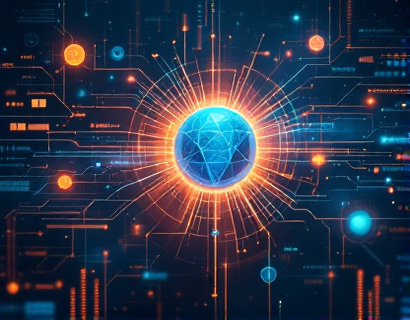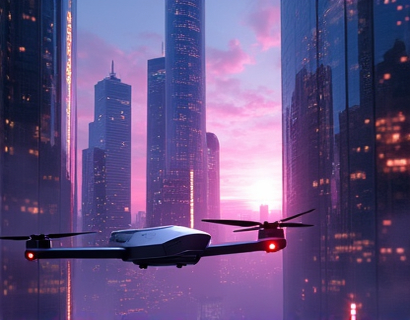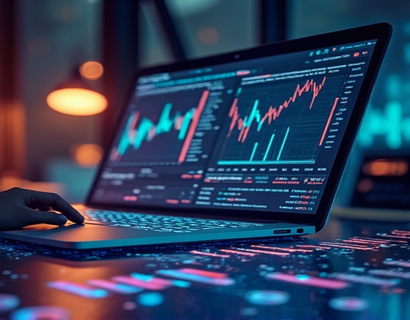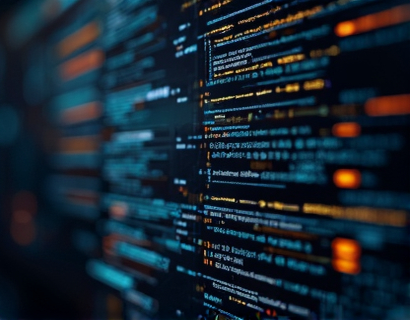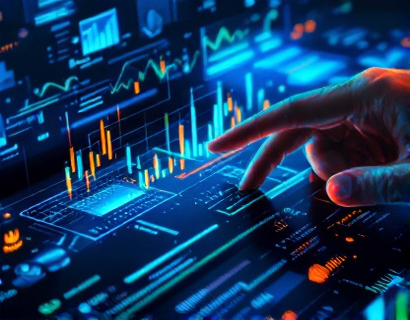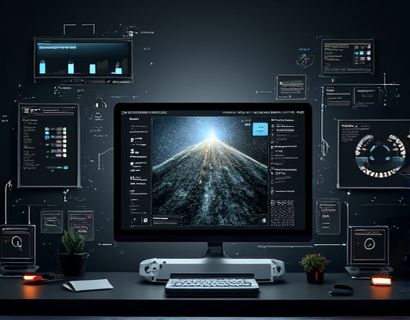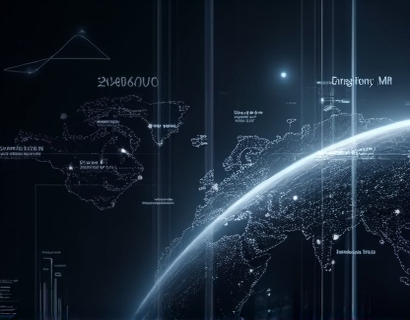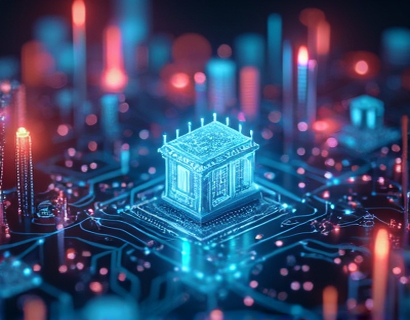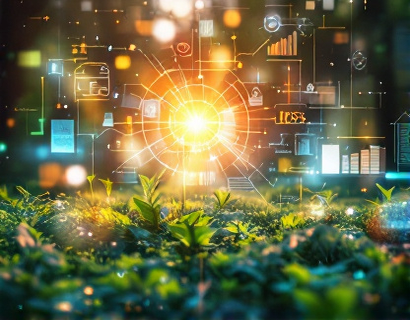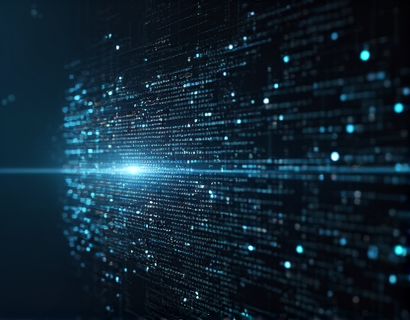Revolutionizing Aquaponics Business Management with Advanced Software Solutions
In the rapidly evolving world of sustainable agriculture, aquaponics stands out as a promising method that combines fish farming and hydroponic plant cultivation in a symbiotic environment. As the demand for sustainable and efficient farming practices grows, aquaponics businesses are seeking innovative solutions to optimize their operations. Advanced software solutions are emerging as a game-changer in this sector, offering powerful tools that streamline management, boost productivity, and enhance sustainability. This article delves into how these advanced software solutions can transform aquaponics business management, providing a comprehensive look at the tools and benefits available to aquaponics farmers and businesses.
Understanding the Challenges in Aquaponics Management
Aquaponics, while highly beneficial, presents unique challenges that require meticulous management. Maintaining optimal conditions for both fish and plants is crucial for a successful system. Factors such as water quality, temperature, pH levels, and nutrient balance must be closely monitored and adjusted regularly. Traditional management methods often rely on manual measurements and manual adjustments, which can be time-consuming and prone to human error. Moreover, scaling up operations to meet growing demand while maintaining sustainability can be daunting without the right support tools.
The Role of Advanced Software in Aquaponics
Advanced software solutions are designed to address these challenges by providing a comprehensive platform for monitoring and controlling aquaponics systems. These tools leverage cutting-edge technology to offer real-time data, automated adjustments, and predictive analytics, ensuring that the delicate balance within the aquaponics ecosystem is maintained with precision. By integrating hardware sensors and software algorithms, these solutions create a smart and responsive environment that adapts to the needs of both fish and plants.
Key Features of Advanced Aquaponics Software
1. Real-Time Monitoring: Advanced software provides continuous monitoring of key parameters such as water temperature, pH, dissolved oxygen, and nutrient levels. This real-time data allows farmers to make informed decisions quickly, preventing issues before they escalate.
2. Automated Control Systems: Automation is a cornerstone of modern aquaponics management. Software can control pumps, aerators, and other equipment based on predefined parameters, ensuring that conditions remain optimal without constant manual intervention.
3. Data Analytics and Reporting: Comprehensive data analytics help farmers understand system performance over time. Detailed reports and visualizations provide insights into trends and patterns, enabling data-driven decision-making and continuous improvement.
4. Integration and Compatibility: Modern software solutions are designed to integrate with a variety of hardware components, making it easy to expand and customize the system as needed. Compatibility with IoT devices ensures seamless connectivity and data flow.
5. Remote Access and Management: With cloud-based platforms, farmers can monitor and manage their systems from anywhere, at any time. This flexibility is particularly valuable for large-scale operations or those with multiple locations.
Enhancing Productivity and Efficiency
By leveraging advanced software, aquaponics businesses can significantly enhance their productivity and efficiency. Automated control systems reduce the need for manual labor, lowering operational costs and freeing up time for more strategic tasks. Real-time monitoring ensures that any deviations from optimal conditions are addressed promptly, minimizing downtime and maximizing yields.
Moreover, the data analytics capabilities of these software solutions enable farmers to optimize resource usage. For instance, precise nutrient management reduces waste and lowers input costs, while efficient water usage minimizes environmental impact. These efficiencies not only improve the bottom line but also contribute to the overall sustainability of the operation.
Promoting Sustainability
Sustainability is at the core of aquaponics, and advanced software plays a vital role in achieving this goal. By optimizing resource usage and reducing waste, these tools help minimize the environmental footprint of aquaponics farms. For example, precise nutrient dosing prevents over-fertilization, which can lead to water pollution. Similarly, efficient water recycling and reuse systems, controlled by software, ensure that water is used responsibly.
Additionally, the ability to monitor and adjust conditions based on real-time data helps maintain a healthy ecosystem, reducing the need for chemical interventions. This approach aligns with the principles of sustainable agriculture, promoting biodiversity and ecological balance. As consumers increasingly demand sustainably produced food, aquaponics businesses that adopt advanced software solutions are better positioned to meet these expectations and gain a competitive edge.
Case Studies and Success Stories
Several aquaponics farms have already seen significant benefits from implementing advanced software solutions. One notable example is a medium-sized farm that integrated an advanced monitoring and control system. Within six months, the farm reported a 30% increase in fish yield and a 25% reduction in nutrient usage. The automated systems allowed the farm to operate more efficiently, with staff able to focus on higher-value tasks such as crop planning and market development.
Another case involves a large-scale commercial aquaponics operation that utilized a cloud-based platform for remote management. The farm expanded its operations to multiple sites, all managed through a centralized software interface. This approach not only streamlined operations but also enabled the farm to respond quickly to market changes and consumer demand, leading to increased revenue and customer satisfaction.
Future Trends and Innovations
The integration of advanced software in aquaponics is just the beginning. Future trends indicate a move towards even more sophisticated technologies, including artificial intelligence and machine learning. These technologies can further enhance predictive analytics, allowing for more proactive management of aquaponics systems. For instance, AI algorithms can predict equipment failures before they occur, reducing maintenance costs and downtime. Machine learning can also optimize growing conditions based on historical data and environmental factors, leading to even higher yields and resource efficiency.
Additionally, the Internet of Things (IoT) is expected to play a larger role in aquaponics, with more devices and sensors becoming interconnected. This will create a more holistic and intelligent system, where all components work together seamlessly to maintain optimal conditions. The use of drones and robotic systems for monitoring and maintenance is another area of potential innovation, further reducing the need for manual intervention.
Conclusion
Advanced software solutions are revolutionizing aquaponics business management by providing powerful tools that streamline operations, boost productivity, and enhance sustainability. These technologies offer real-time monitoring, automated control, data analytics, and remote management capabilities, addressing the unique challenges of aquaponics farming. By adopting these solutions, aquaponics businesses can achieve higher efficiency, lower costs, and greater environmental stewardship, contributing to a more sustainable future in agriculture.
As the industry continues to evolve, the integration of advanced software will become increasingly essential. Farmers and businesses that embrace these innovations will be better equipped to meet the demands of a growing market while upholding the principles of sustainability. The future of aquaponics is smart, connected, and sustainable, and advanced software is leading the way.





